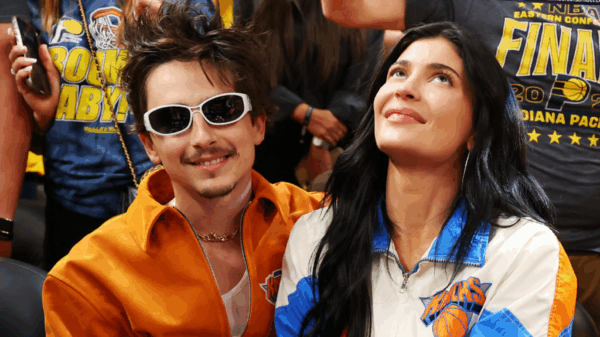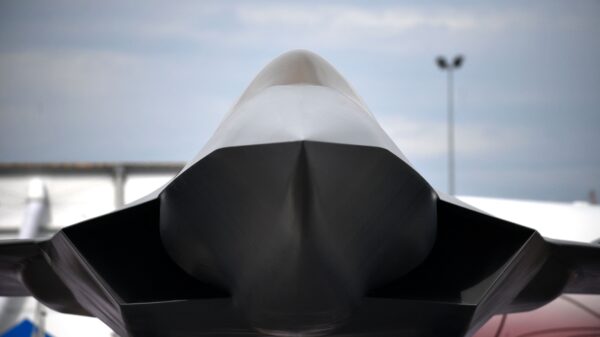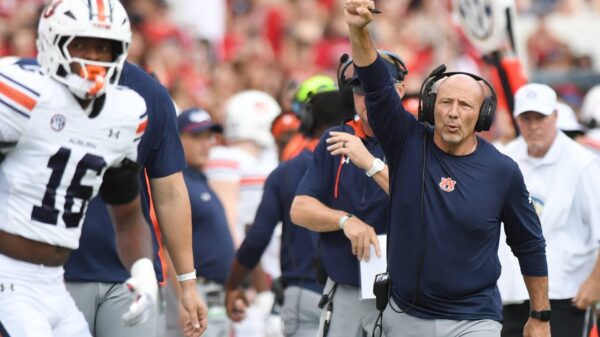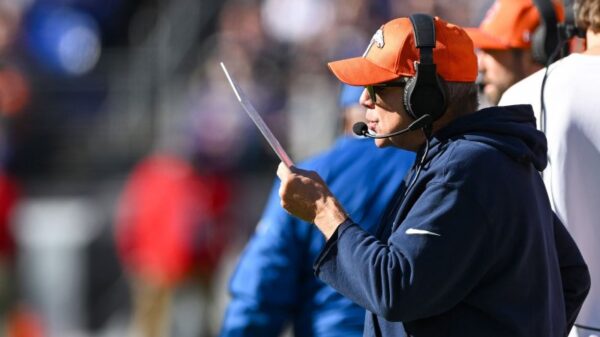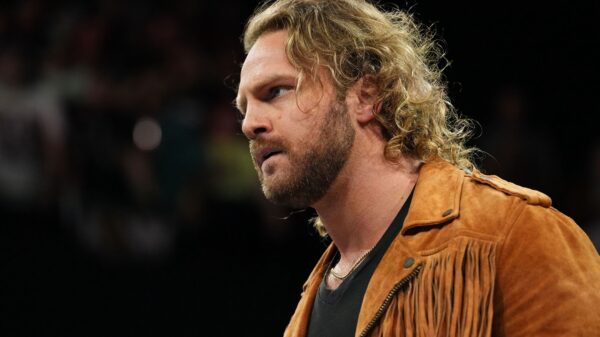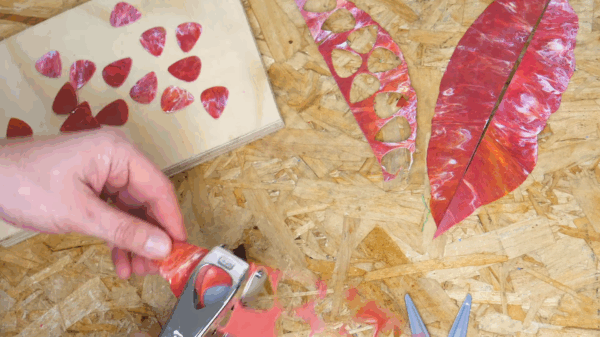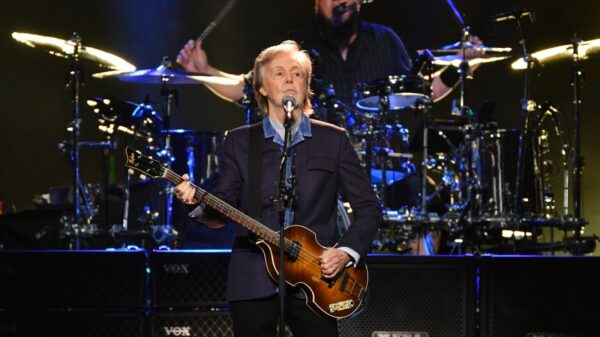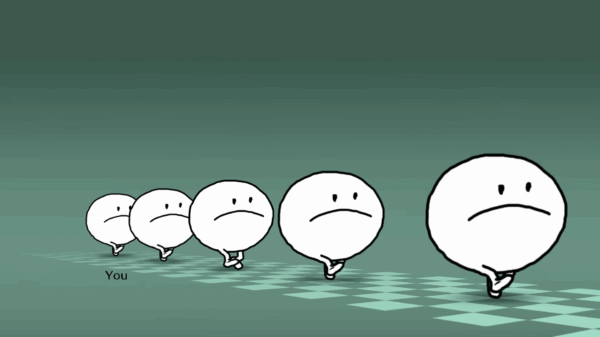Children’s literature often portrays animal characters living in traditional family structures, featuring a mother, father, and their offspring. However, a recent analysis highlights that the animal kingdom exhibits a rich tapestry of family dynamics that diverges significantly from these tidy narratives. Published on November 7, 2025, by researcher Louise Gentle in The Conversation, the article explores the various family arrangements in the animal world, revealing a much broader definition of family than typically depicted in popular children’s stories.
Exploring Parental Roles in Nature
In nature, biparental care—where both parents raise their young together—is relatively rare. This behavior is mostly observed in bird species, such as mute swans, which share responsibilities like incubating eggs and teaching their cygnets essential survival skills. Conversely, single-parenting is the most common family structure among animals, with approximately 90% of mammal species exhibiting this dynamic. Typically, females invest more in their offspring, as seen in mammals where the female carries and nurses the young. In some cases, like with leopards, females raise their cubs entirely on their own.
Children’s literature does reflect some of this reality, albeit infrequently. For instance, The Tale of Peter Rabbit by Beatrix Potter features a single mother navigating the challenges of parenting, a scenario that mirrors the experiences of many animals in the wild.
Unique Parenting Strategies
Interestingly, male parenting is more prevalent in fish and amphibians than in other animal groups. For example, the male midwife toad carries fertilized eggs around his back legs until they are ready to hatch. Another fascinating case is that of Darwin’s frog, where males keep their tadpoles in their vocal sacs for weeks, providing a nurturing environment until they are developed enough to survive independently.
Same-sex relationships and parenting also occur in the animal kingdom, observed in over 500 species, including dolphins and giraffes. A notable example involves Roy and Silo, two chinstrap penguins from Central Park Zoo, who formed a strong bond and were given an egg to raise together. Their story inspired the children’s book And Tango Makes Three, illustrating the diverse forms of family life beyond conventional structures.
Communal parenting is another fascinating aspect observed in elephants and certain insect species. In elephant herds, related females, led by an elder matriarch, collectively care for calves, engaging in activities like allomothering, where young family members help care for siblings.
The honey bee community exemplifies cooperative breeding. Worker bees, such as Flora 717 in Laline Paull’s novel The Bees, contribute to raising the hive’s young, showcasing the complexities of social structures in nature.
Adoption and Fostering in the Wild
Adoption and fostering are surprisingly common among animals. The common cuckoo is infamous for laying its eggs in the nests of other species, relying on unsuspecting foster parents to raise its chicks. Instances of cross-species adoption have also been documented, such as a wild capuchin monkey caring for a common marmoset.
In the realm of friendships, many animals form strong bonds outside of familial ties. For example, young red deer often remain in bachelor herds until they reach maturity, learning vital survival skills from one another. Likewise, young swifts create “screaming parties” for protection while seeking future breeding locations.
In contrast, some species exhibit minimal parental investment, producing large numbers of offspring with the expectation that only a few will survive. This is particularly common among fish and reptiles. Solitary wasps, for instance, trap prey to provide food for their young but often abandon the nest, resulting in sibling cannibalism when food is scarce.
The exploration of family dynamics in the animal kingdom reveals that traditional nuclear families are far from the norm. Instead, a wide variety of parenting behaviors ensures the continuation of species, challenging the simplistic narratives often presented in children’s literature. By broadening the representation of family structures, literature can better reflect the diverse realities of both the animal kingdom and human society.

